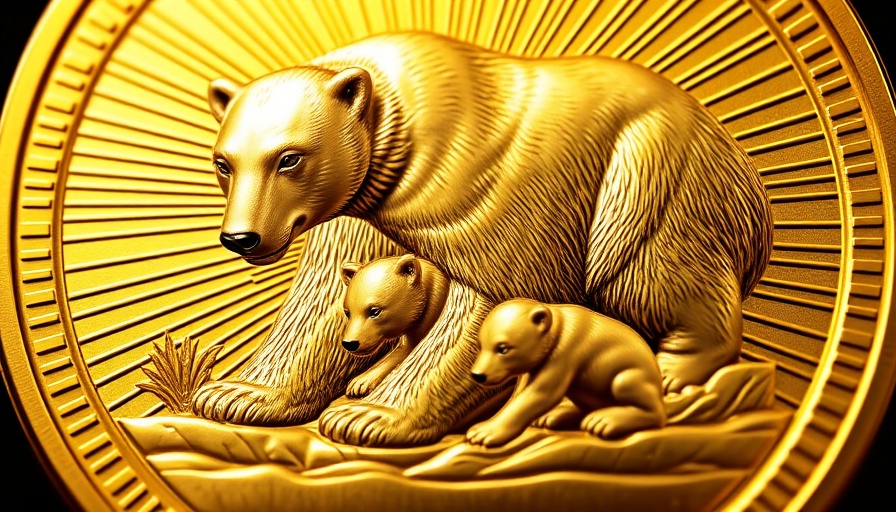
A Day to Celebrate Vulnerability and Resilience
Every year on February 27th, the world comes together to acknowledge International Polar Bear Day, a significant event led by Polar Bears International (PBI). This occasion not only celebrates the beauty of these majestic Arctic creatures but also raises awareness about the numerous challenges they face due to climate change and habitat loss. As polar bear mothers and their cubs hunker down in their dens during this critical period of their life cycle, the urgency of action becomes even clearer. Understanding the vulnerabilities of these animals is crucial, as approximately 50% of polar bear cubs fail to reach adulthood, predominantly due to changing climatic conditions and diminishing sea ice.
The Climate Crisis and Its Impact on Polar Bears
The plight of polar bears cannot be divorced from the broader narrative of climate change. As sea ice continues to melt at an alarming rate, polar bears lose their hunting grounds and struggle to find food. The consequences of this loss extend beyond the bears; they impact the entire Arctic ecosystem, illustrating the interconnectedness of climate health and species survival. According to Polar Bears International, unless substantial action is taken to curb greenhouse gas emissions, most subpopulations of polar bears could vanish by the year 2100. This statistic underscores the urgency of addressing climate change issues that transcend national borders.
Innovative Research Tackling Polar Bear Conservation
Ongoing research initiatives, such as those being conducted in Svalbard, Norway, provide vital insights into polar bear behavior during the denning period, a time marked by peril due to environmental changes and human encroachment. Researchers employ remote, solar-powered cameras to study maternal den behaviors noninvasively. Such advancements are essential in developing policies that prioritize the protection of both mothers and cubs during their most vulnerable phase. The importance of effective den detection cannot be overstated, as traditional methods have been found lacking; innovative methodologies are now being explored to ensure greater accuracy in identifying denning areas.
Actions Individuals and Communities Can Take
Raising awareness on International Polar Bear Day is only the starting point. Individuals can participate in various initiatives aimed at supporting polar bear conservation. Actions such as reducing one’s carbon footprint, supporting renewable energy projects like solar and wind energy, and advocating for energy policies that align with sustainable practices play an integral role in shaping a future where both humanity and polar bears can coexist. Community engagement, whether through fundraising for polar bear research or participating in conservation challenges, amplifies the impact of collective efforts.
The Symbolism Behind the Majestic Polar Bear Coin
For both collectors and wildlife enthusiasts, commemorating International Polar Bear Day with symbols of conservation carries significant weight. The 2023 Majestic Polar Bear and Cubs Gold Coin, produced by the Royal Canadian Mint, is an exquisite representation of the bond between a polar bear mother and her cubs. With an impressive design reflecting the grandeur of Arctic life, this coin not only serves as a financial investment but also as a conversation starter about the ongoing need for conservation. With limited availability, such collectibles remind us of the magnificence of polar bears and the fragile ecosystems they inhabit.
Join the Movement Towards a Sustainable Future
As we collectively raise our voices on International Polar Bear Day, it's vital to remember that every action counts. Whether through participating in community awareness campaigns, investing in renewable energy solutions, or simply educating ourselves and others about climate impacts, we are contributing to a sustainable future for both polar bears and ourselves. The time to act is now, and together we can ensure that the polar bear remains a symbol of resilience and hope for generations to come.
Consider engaging with local conservation efforts or sharing information about the importance of polar bear protection on social media. Learn more, become informed, and inspire your community to make decisions that align with sustainable practices. We all share the responsibility of safeguarding our Earth's most vulnerable wildlife.
 Add Row
Add Row  Add
Add 


Write A Comment